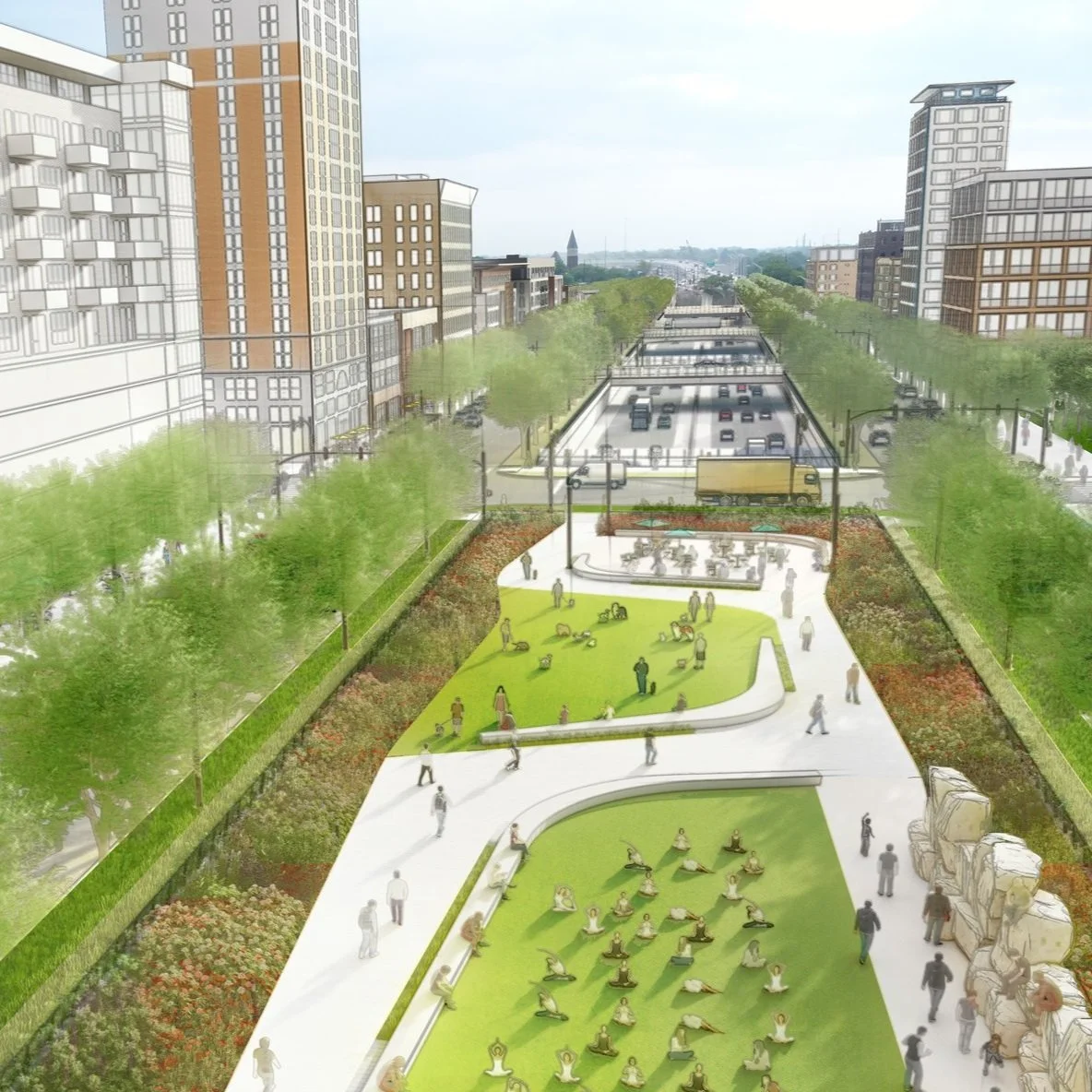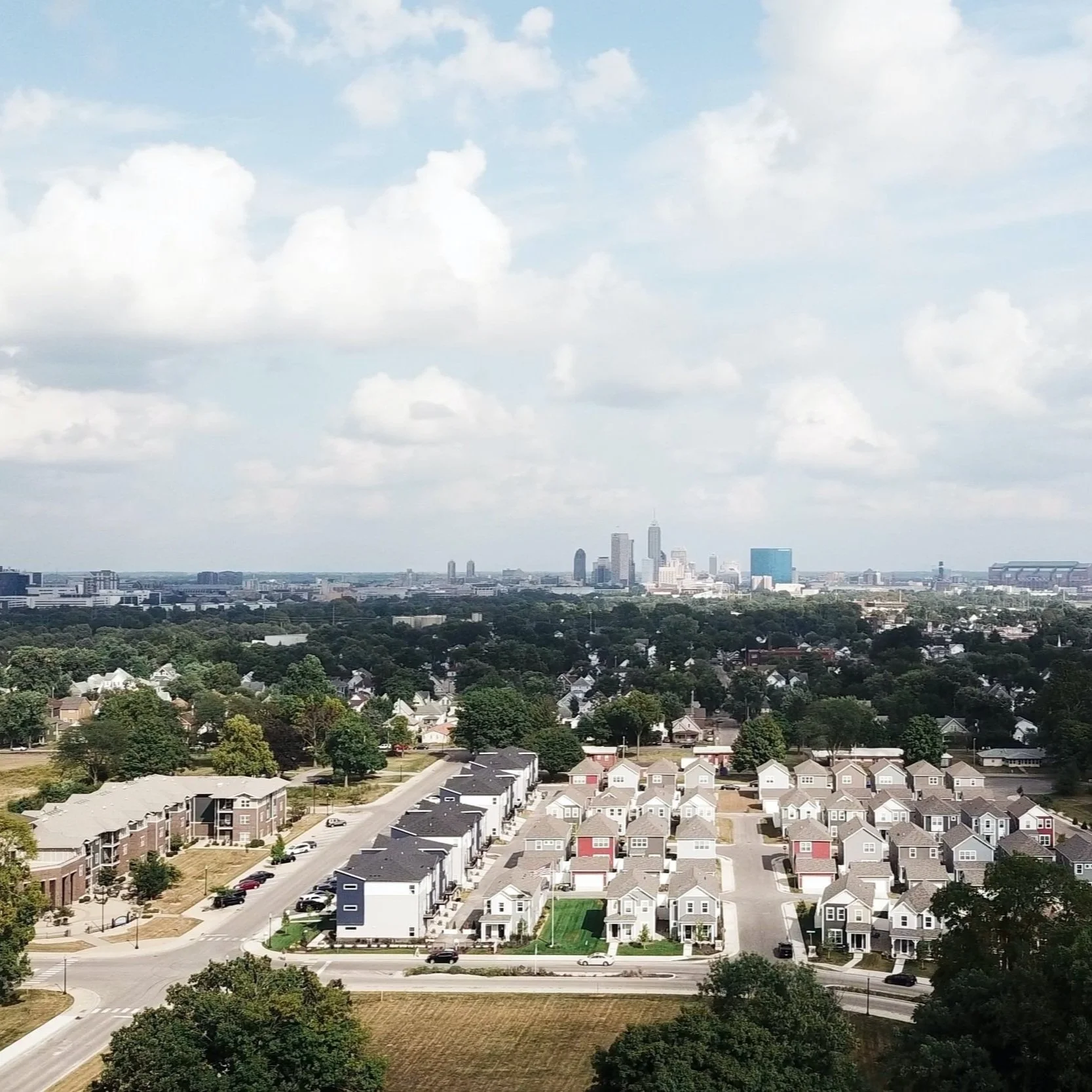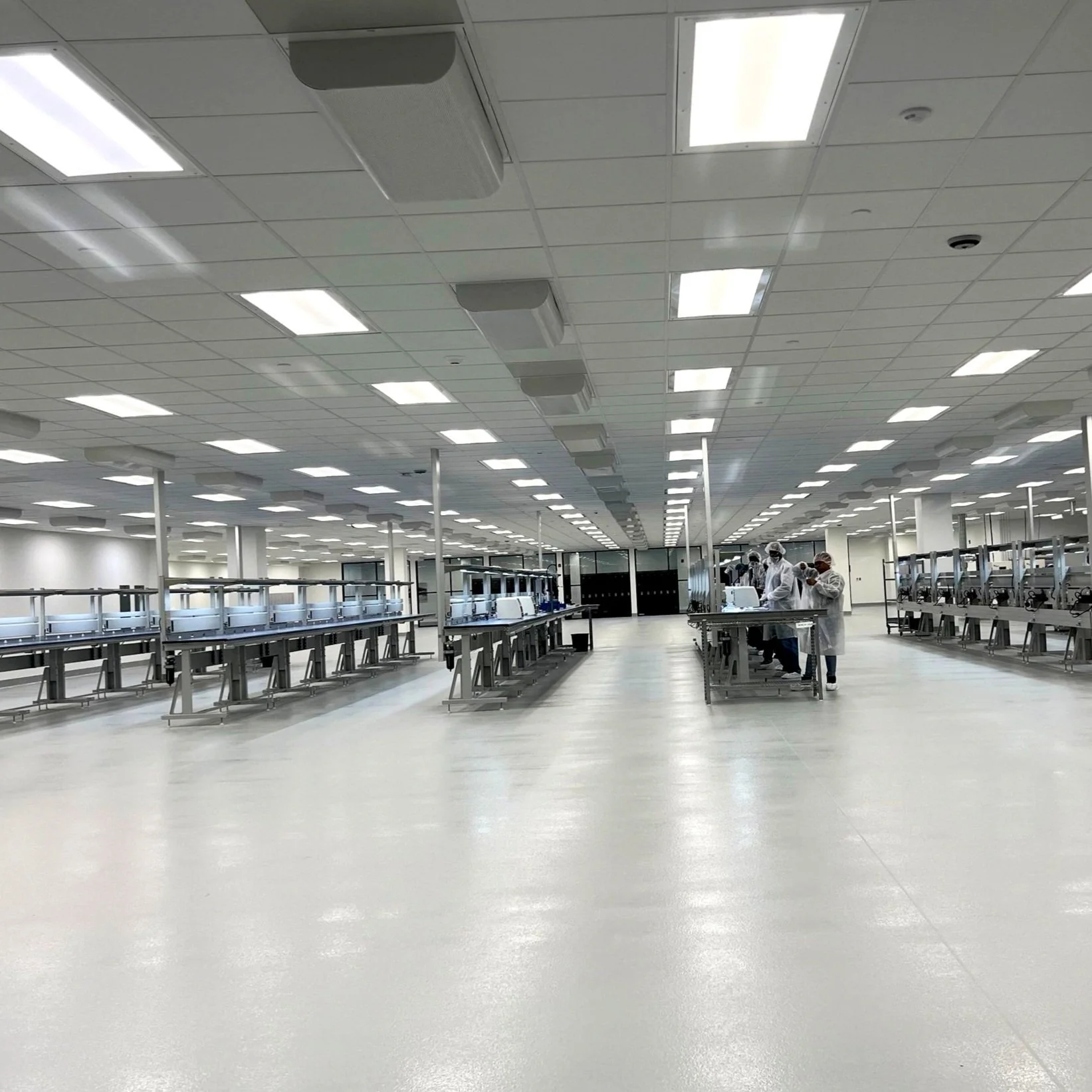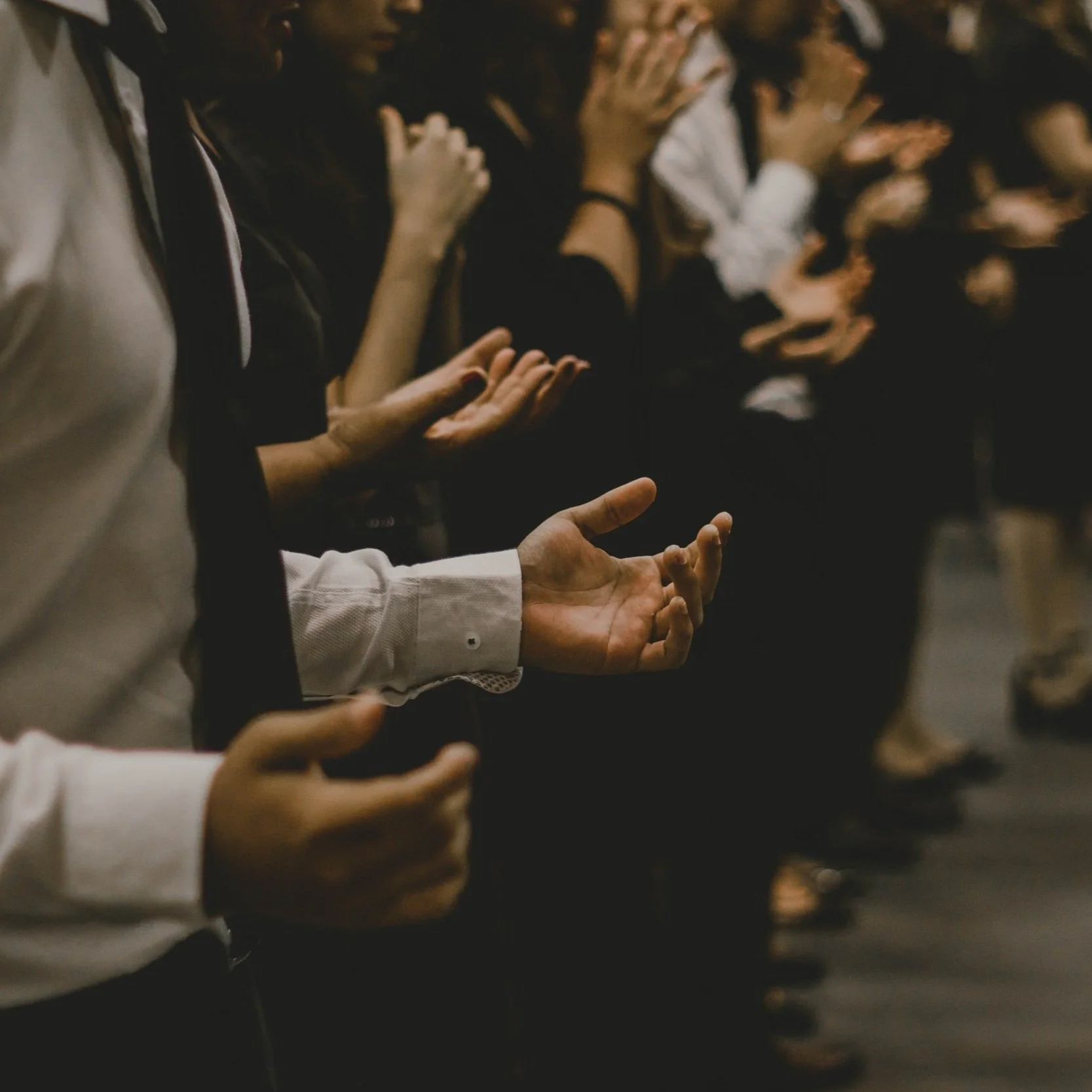Current and Past Research Projects
Rethink 65/70 Coalition
Current
The interstate highways that run through downtown Indianapolis are nearing the end of their useable life and will need to be replaced soon. The Rethink 65/70 Coalition is working to make the case that this moment is an important opportunity to rethink the role and design of the highways and rebuild them better. But what does “better” mean, exactly? The Rethink Coalition has received a $2 million grant from the U.S. Department of Transportation to study this question and make recommendations on what redesigned and rebuilt highway infrastructure in downtown Indianapolis could look and feel like for future generations.
IU Center for the Study of Religion and American Culture: Congregations and Polarization Project
Current
The Congregations and Polarization Project (CAP) is bringing pastors from rural, suburban, and urban churches into monthly discussions in an effort to learn how Indiana congregations are dealing with the current climate of cultural and political division. The project is looking at the ways religious communities approach many difficult topics such as racism, immigration, abortion, gender identity, gun ownership, and economic inequality.
United Northeast CDC: East 38th Street Impact Study
2023 - 2024
The East 38th Street Corridor in Northeast Indianapolis has become a focal point of conversations about socioeconomic equity in the city as many new economic development projects come online. But what is the extent to which all of these interventions will work together and what will their impacts on community members be, exactly? This study uses a mixed-methods approach of tracking and measuring commuity change, particularly prioritizing the perspectives and experiences of community members as a key indicator of success.
IU Public Policy Institute: 38th and Sheridan Community Collaboration Study
2020 - 2023
How can a for-profit business invest in a community equitably and inclusively? This study of a new medical device manufacturing facility at the corner of 38th Street and Sheridan Avenue in Northeast Indianapolis seeks to understand how economic growth can be catatlyzed and facilitated to channel benefits to community members in an area of the city that has been historically and systemically left behind.
IUPUI Polis Center: Project on Religion and Urban Culture 2.0
2020 - 2022
What role do churches play in their communities? How have church leaders and congregations adapted to the dramatic social, political, and technological changes over the past two decades? Finally, what impact has the COVID-19 pandemic had on churches and their congregations? RUC 2.0 produced detailed observations and analyses of more than forty Indianapolis congregations, including in-depth analyses of the relationship between congregations and the neighborhoods where they sit.
New America: Displaced in the Sun Belt:
Mapping Housing Loss Across the American South
2020 - 2021
Tens of millions of American renters and homeowners faced the specter of unemployment-driven housing loss when the COVID-19 pandemic settled over the U.S. A patchwork of eviction and foreclosure moratoria kept housing loss largely at bay, and occasional—though inadequate—rent relief helped some renters make ends meet. But what would happen when moratoriums lifted and housing assistance ran out? And what could local governments do to stabilize renters and homeowners before that happened? This study, led by New America, investigated the COVID-19 pandemic’s impact on housing in Sun Belt cities.
Taken Spaces: Perceptions of Inequity and Exclusion in Urban Development
2019 - 2020
Too often, economic investments that are meant to remediate inequities, such as poverty and low economic mobility, end up leading to disproportionate economic growth for people who already have access to resources and opportunity. An ethnographic study of economic investments in an Indianapolis neighborhood revealed that many residents perceive economic development as a process that takes real and perceived neighborhood ownership away from an established community to transform the place for the benefit of newcomers.
New America: Displaced in America:
Mapping Housing Loss Across the United States
2019 - 2020
Each year, nearly 5 million Americans lose their homes through eviction and foreclosure. These forced displacements are intensely traumatic financially, physically, and emotionally. Children have to switch schools, parents lose their jobs, families’ possessions end up on the sidewalk, and suicide rates spike. This report, led by New America, visualizes housing loss at the county level nationwide, and includes a National Housing Loss Index to reveal where housing instability is most acute.








